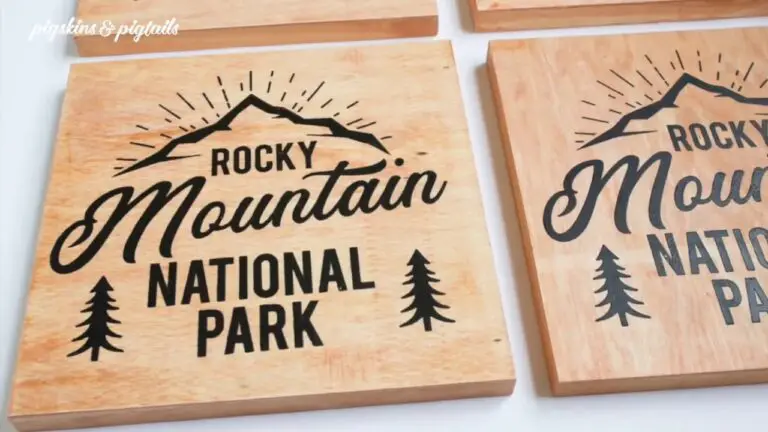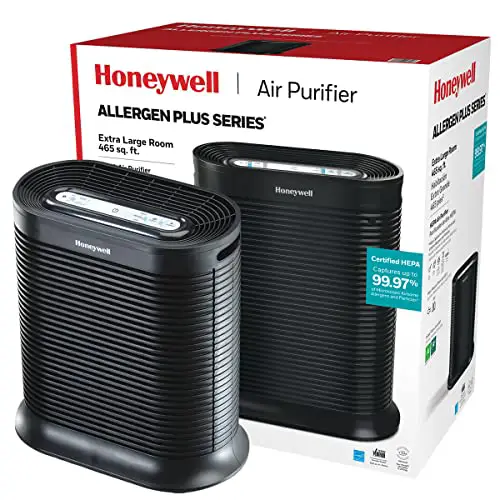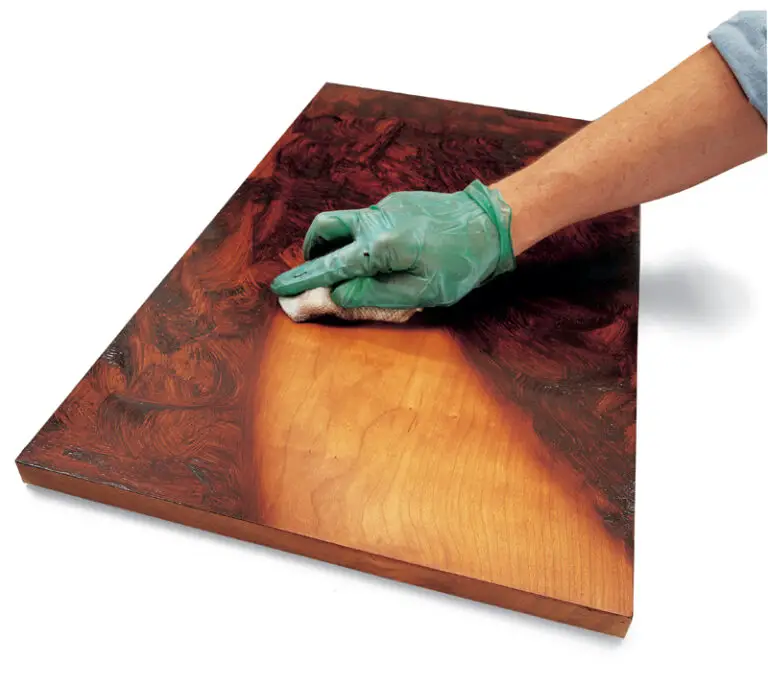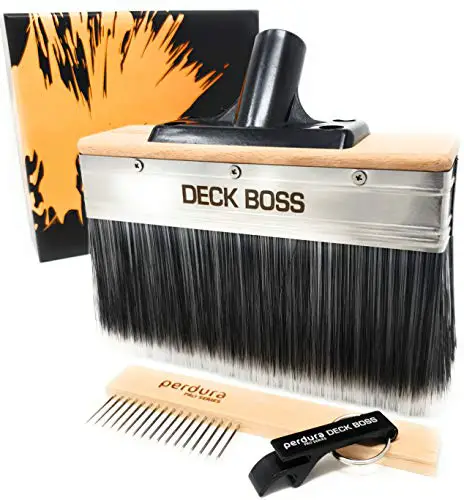What Does Black Mold on Wood Look Like : Identifying and Preventing It
Black mold, also known as Stachybotrys chartarum, is a type of toxic fungus that can grow on various surfaces, including wood. Not only is it unsightly, but it can also pose serious health risks to anyone exposed to it. If you suspect the presence of black mold on wood in your home or any other location, it’s essential to identify it accurately.
Identifying Black Mold on Wood
Black mold on wood typically appears as a greenish-black slimy growth with a distinctive musty odor. Here are the visual characteristics of black mold on wood:
Texture:
Black mold on wood often has a slimy or fuzzy texture. It may appear wet and slimy when it first starts to grow, but as it matures, it can become dry and powdery.
Color:
As the name suggests, black mold is predominantly black in color. However, it can also appear as dark green or gray, and may have a speckled or slimy appearance.
Shape And Size:
Black mold can form in irregular patterns and may cover a large area on the wood surface. It can appear as isolated spots or spread across the entire wooden surface.
Location:
Black mold thrives in damp, humid environments, so it’s commonly found in areas with water damage, such as leaky roofs, basements, bathrooms, and areas affected by flooding.
Health Risks of Black Mold on Wood
Exposure to black mold, whether through ingestion, skin contact, or inhalation, can lead to various health problems, especially for those with respiratory issues, allergies, or compromised immune systems. Some common health risks associated with black mold exposure include:
- Respiratory issues such as coughing and wheezing
- Allergic reactions and skin irritation
- Headaches and dizziness
- Eye and throat irritation
- Fatigue and persistent flu-like symptoms
If you suspect that black mold is present on wood in your home or any other property, it’s crucial to take immediate action to address the issue and prevent further exposure. This may involve seeking professional help to safely remove the mold and addressing any underlying moisture or water damage that is promoting its growth.
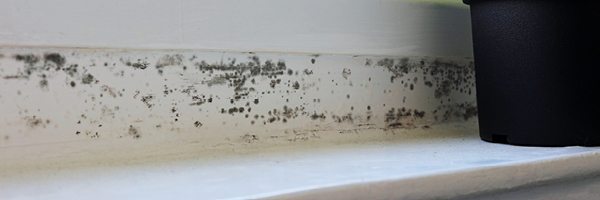
Credit: www.grangeinsurance.com
Preventing Black Mold on Wood
Prevention is key to avoiding the growth and spread of black mold on wood surfaces. Here are some measures you can take to prevent black mold from developing on wood:
- Maintain proper ventilation in areas prone to moisture buildup, such as bathrooms, kitchens, and basements.
- Address any leaks or water damage promptly to prevent moisture from seeping into wooden surfaces.
- Use dehumidifiers in damp areas to control humidity levels and inhibit mold growth.
- Regularly inspect and maintain wooden structures and furniture to address any signs of mold growth at an early stage.
- Consider applying mold-resistant coatings or treatments to wood surfaces, especially in high-moisture areas.
Frequently Asked Questions On What Does Black Mold On Wood Look Like : Identifying And Preventing It
What Are The Signs Of Black Mold On Wood?
Black mold on wood appears as greenish-black patches and has a musty odor.
How Harmful Is Black Mold On Wood?
Black mold on wood can cause health issues and structural damage.
Can I Remove Black Mold On Wood Myself?
You can remove small areas of black mold on wood using a mixture of water and detergent.
Is It Safe To Live In A House With Black Mold?
Living in a house with black mold can cause respiratory issues and should be addressed promptly.
Conclusion
Black mold on wood can be a concerning issue due to both its unsightly appearance and the potential health risks it poses. Identifying the visual characteristics of black mold on wood is essential for early detection and prompt action. By understanding what black mold looks like and taking preventative measures, you can effectively manage and mitigate the risks associated with its presence on wood surfaces.
Remember, when dealing with black mold, it’s important to prioritize safety and consider seeking professional assistance to address the issue effectively.

